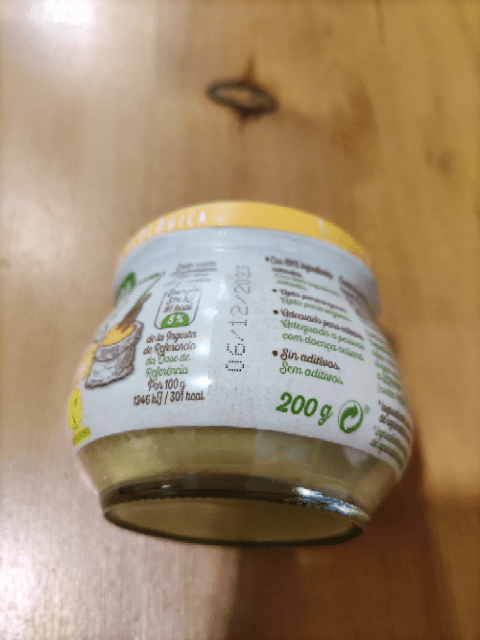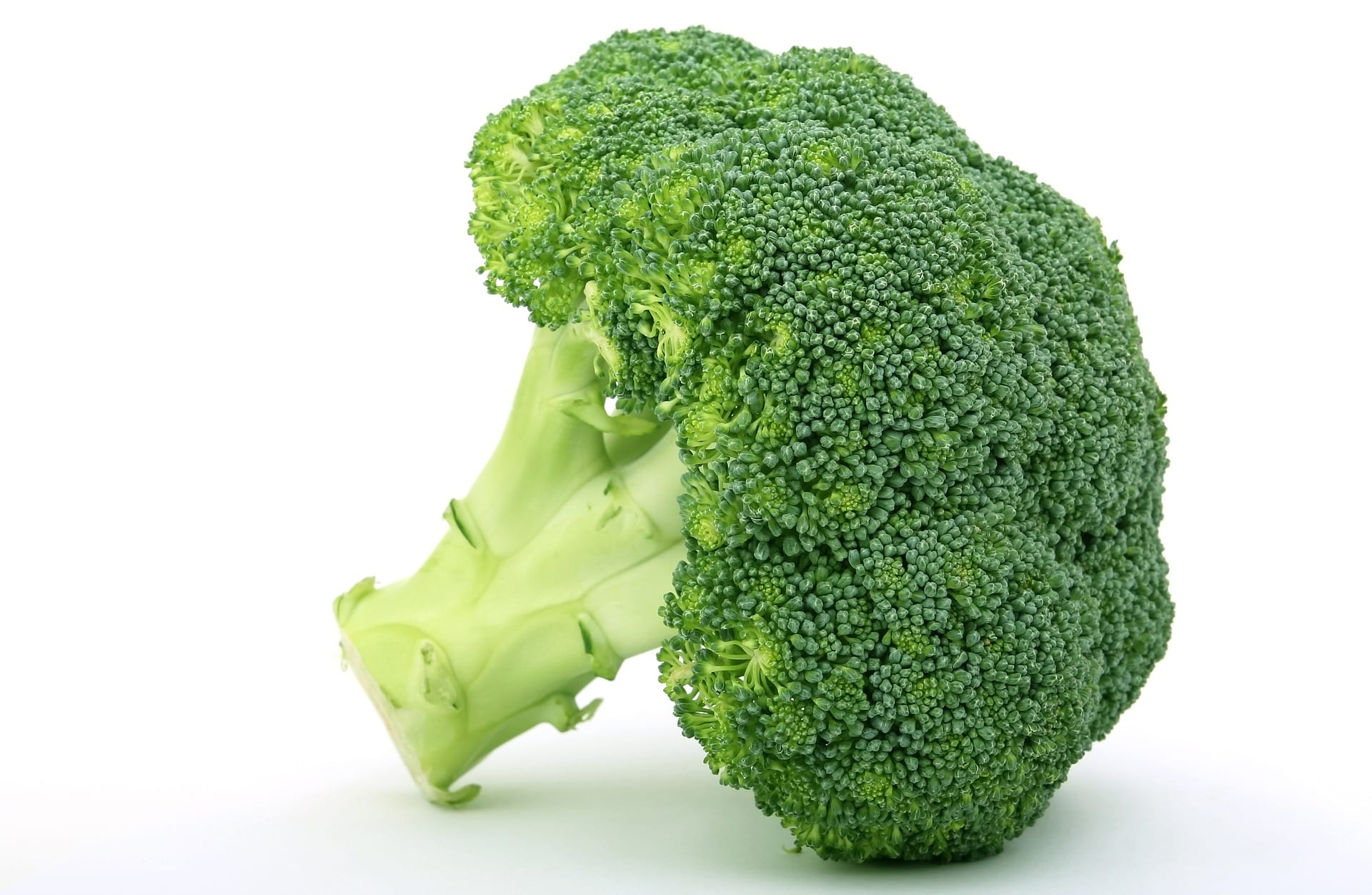One of the problems when reducing food waste is the misuse that is generated with expiration dates and preferential consumption. And it is that one of the main issues in expiration and best before dates is to know what each term is and apply common sense.
Among the strategies of the European Union to reduce food waste and within its Farm to Table plan is to improve the use of expiration dates. Its objective within this plan is to reduce food waste by 50% by the year 2030. To achieve all this, expiration and best-before dates are very important in this strategy.
Common sense on best before and expiration dates
According to a recent survey of the OCU the different terms used to determine the duration of food create confusion. We do not refer to the terms of expiration date and preferred consumption.
La expiration date it is mainly used for fresh products such as meat, some prepared dishes, fish and shellfish. Food that after the days of consumption have a great microbiological risk and therefore a high health risk for the consumer.

On the other hand, foods with a best-before date indicate an approximate consumption date and there is no health risk if this date is exceeded by a few days. Common sense is important, knowing if the food does not have a bad appearance, smell or taste. If, in the end, the food looks good and can be eaten in a sanitary manner, it will be safe and its quality may only be affected, that is, they will not be perfect, but they can be consumed. These include: yogurts, soups, soft drinks, cookies, cereals, legumes, sausages, cheeses, pasta, sauces, etc.

Add that there is a group of foods that do not have any date for their preferred consumption or expiration date. We refer to fruits, vegetables, alcoholic beverages, salt and sugar mainly. In these cases, consumption will be marked by its appearance, smell and taste, to know if it is safe to consume.
How many days can you go past the best before date?
There are no fixed rules to determine how many days you can pass the preferential consumption. This is where common sense is important. A product that had a shelf life of 3 months is not the same as another food that has a shelf life of two years. On average they can have a tolerance of 10-20% at the time they are framed from their production. Although, as we have said, it must present a good appearance, smell and flavor, as well as a correct presence.
It is also important to know if we have respected the cold chain of the product or if it has been broken at some point, since this fact is more important than the dates indicated. Respect the cold chain and do not expose food to heat and cold by removing it from the refrigerator.
It is important to review the refrigerator to avoid food about to spoil. If you notice that they cannot be consumed, freeze the food or cook it in order to extend the life of the food. Also remember to mark the freezing dates or have a control of them.
Forget what I said when...
All these dates and recommendations should not be taken into account when the product has already been opened and must be consumed and stored within the periods indicated. Nor can they be taken into account in people who have health problems. We refer to children, the elderly, pregnant women and immunocompromised people.
You should also throw away any swollen, rusty, or dented preserves. Use common sense and if there is a risk, do not take it and if it only takes a few days and it looks good, do not be afraid.







